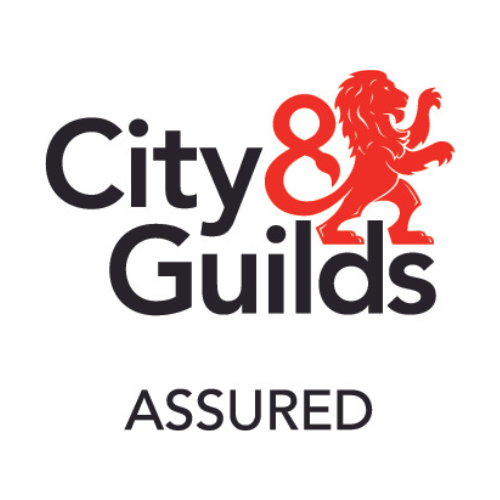Is this course for you?
This course is for technicians and operational staff who operate, maintain, monitor and repair water distribution systems and associated equipment. They will have specific roles and responsibilities for water systems in building premises under contractual arrangements, that require an in- depth understanding of water hygiene and safety. This course goes beyond traditional Legionella Competent Person training, also covering the physical, chemical and microbiological risks associated with water distribution systems within building premises, and the role of the individual in providing safe water systems.
How will this course be delivered?
This course will be delivered by our trainer via Microsoft Teams. Learners will receive invitations for the Teams session ahead of the event and learning resources will be delivered to a location requested by the booker such that the learner has the materials before the course start date.The course assessment will require learners to access our online assessment portal.
Aim/overview
To enable learners to gain an understanding of the relevant statutory instruments and the recommendations of the best practice guidance HSG 274 part 1, 2 and 3.
To learn how to apply these whilst undertaking their roles and responsibilities to protect user safety from the microbiological, chemical and physical risks associated with water systems in healthcare facilities.
Objectives
By the end of the course you will be able to:
- State the requirements of legislation and regulations for water distribution systems.
- Describe the prominent waterborne pathogens – occurrence, ecology and transmission routes and the consequence of contamination of the water systems from these. Consider other water safety issues including chemical and physical contamination.
- Explain the ways in which water distribution systems, cooling towers, outlets, components and associated equipment can become contaminated and methods of preventing contamination.
- Describe the responsibilities of individuals to prevent contamination of the water distribution system and outlets and assist in ensuring control measures in place are effective. Identify appropriate personal hygiene, cleanliness of equipment, tools, materials and storage.
- Discuss methods of sampling and appropriate aseptic techniques.
- Discuss risk assessment, maintenance of log books and records in relation to compliance with regulations identify the elements of a suitable and sufficient risk assessment, risk minimisation scheme and action plan.
- Understand the function, role and responsibilities of the ‘Duty Holder’ and ‘Responsible Person’ (ACoP L8)
Accreditation


